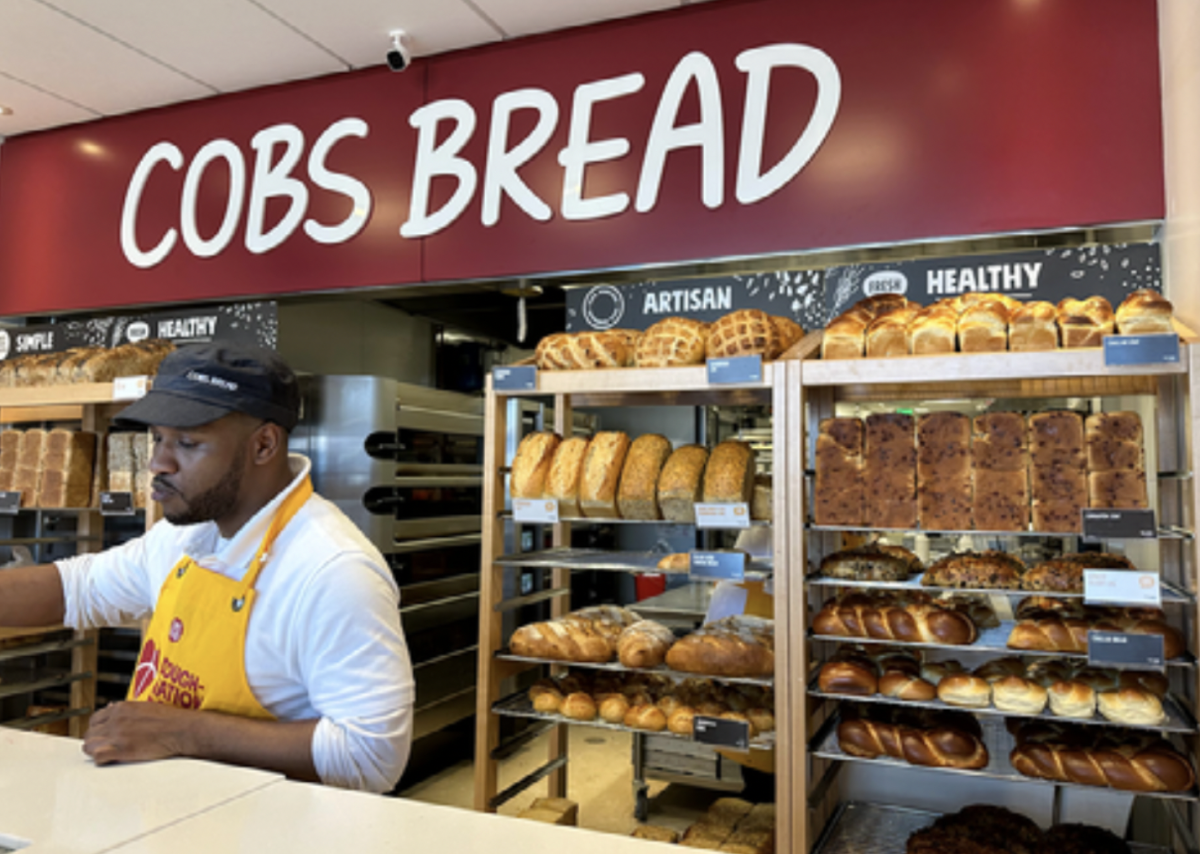Rachel Chernok ’10 & Joy Eisenberg ’10
A&E Editor and Sports Editor
On the mornings that Steve Lamando ’10 doesn’t have time to eat breakfast at home, he’ll pick up a bacon, egg, and cheese from the cafeteria during his free.
But of course the breakfast sandwich must be the kind “here you hand the guy the bagel. Not the kind that’s already made,” he makes sure to add, revealing his breakfast secrets.
Now that the hard roll has been traded in for the doughy bagel, does Lamando know how many calories are in his bacon, egg, and cheese?
“I have no idea,” Lamando said.
Is he even aware if it is healthy for him?
“I don’t know. Probably not.”
With obesity on the rise, affecting both children and adults, some experts argue it is more important than ever to provide people with nutritional information on the foods they are purchasing to aid them in making healthy food choices.
As New York state law has recently required posting the caloric information of the foods served on menus, and although Connecticut’s governor eventually vetoed it, the State Assembly passed a law similar to New York’s last summer.
Students, teachers, and sometimes even cafeteria employees of Staples have begun questioning why such information is not provided inside the Staples cafeteria.
According to Amy Gilbertie, manager of Chartwells at Staples, the company is required to only provide the calorie counts for the purpose of dietary needs.
When asked why the calories were posted online and not in the cafeteria, Gilbertie explained, “Chartwells never considered posting the calories in the cafeteria. Students who check the menu online will check the calories as well.”
Students, however, said they either didn’t know the calories were online or did not check. A random group of 20 students were asked if they check the menus and calories online. Out of the 20 students, it was a unanimous response with every student responding no.
Even though the calorie counts are available online, in reality, students said, no one is going to check what they will be buying for lunch the night before. Lunch choices are typically selected on impulse.
Many students, such as Lamando and Jason Gandelman ’10, are unaware of the number of calories they are consuming and how unhealthy their meal choices really are.
“I think posting the calories would benefit the entire school when people see what they’re eating. Foods are way worse than people think,” Jason Gandelman ’10 said.
Gandelman said that his daily lunch choices are usually from The Chartwells Grille in the cafeteria, where foods such as tacos and hamburgers are served.
Gandelman said that the posting of calories would also affect his personal lunch choices, not just those of other students.
Other students agree with Gandelman in that students will take the new posting of calories into account.
“People are smart enough to take into consideration the calories if we give them the opportunity to see what they are eating,” Griffin Noyer ’13 said.
While some members of the Staples student body like the idea of posting nutrition facts, others feel as though it could be a great change, but only if students and faculty actually stick with it.
“Posting calories would help people pick better choices, but I feel that it would just be a phase. Most people will follow it for a week or two, and then go back to their normal eating habits,” Grace Osgood ’11 said.
Others argue that whether or not students choose to continue evaluating their meal options, or use the information at all, is not what’s important. What’s important is simply providing the information.
“I believe it will benefit those that care. You could always put information out there, but whether students will care or not is unpredictable. And with the fried food selections increasing, the timing seems questionable,” science teacher David Rollison said.
Some worry that posting information could be risky, leading students to obsess over calories.
School nurse Alicia Casucci said this is unlikely.
“I think girls who have eating issues in the past probably already know what they are dealing with,” said Casucci. “We are looking to change the behavior of the kids who do not care what they eat.”
Chartwell’s future plans are uncertain.
Frank Rupp, director of food services at Chartwells explained that he is “happy to post the nutritional information anywhere. At least posting the caloric information is a good start.”












































